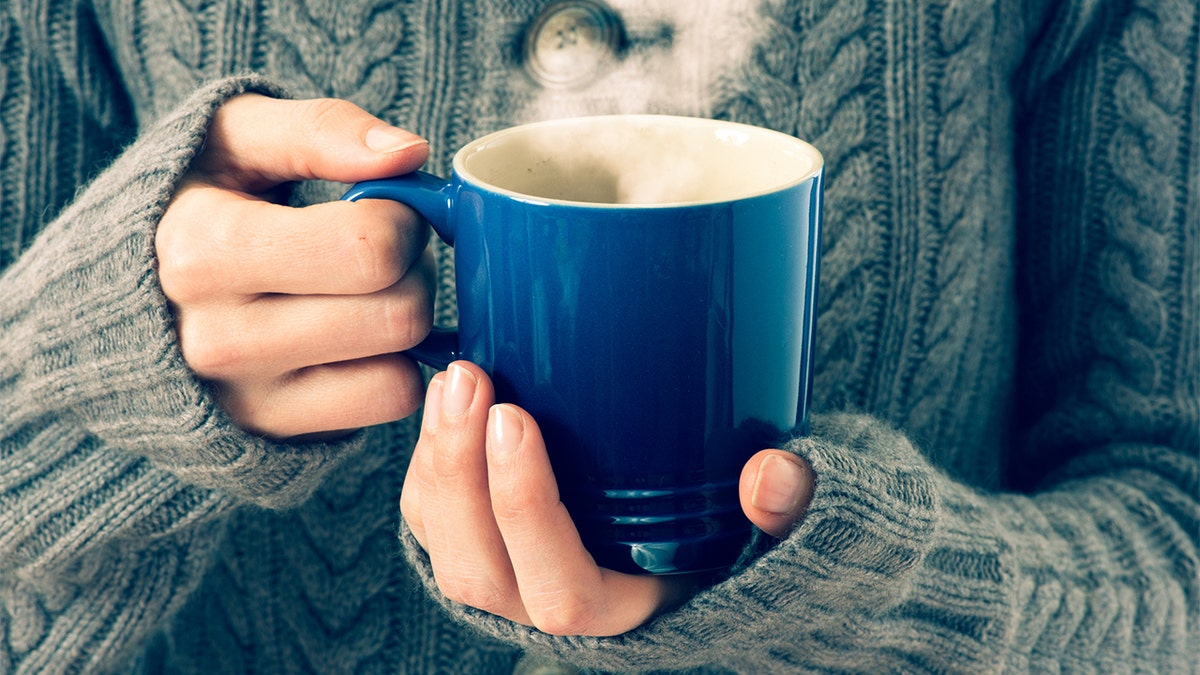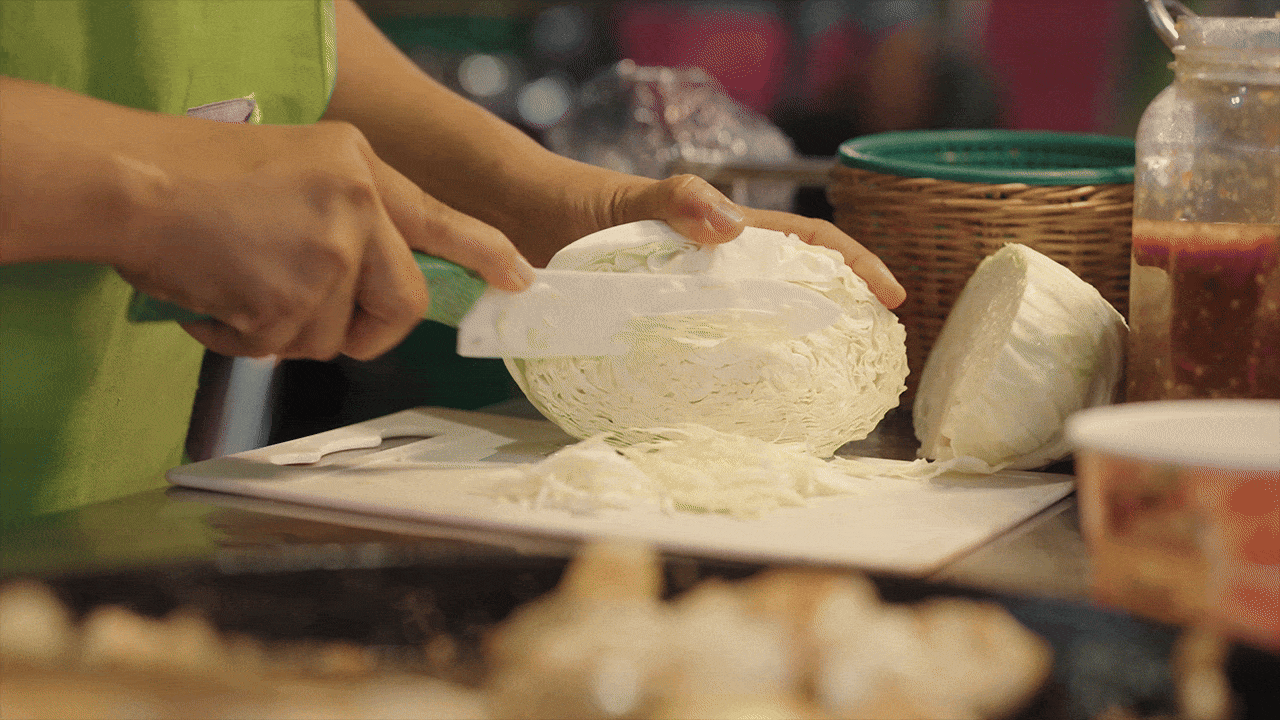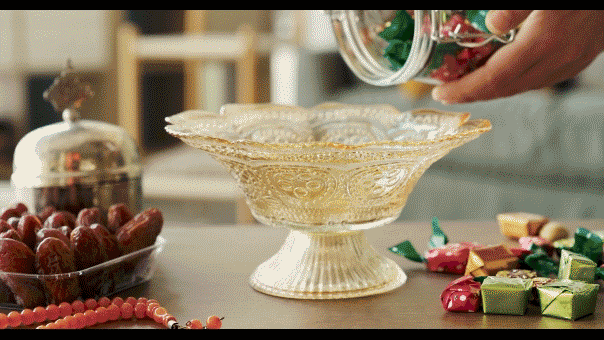When it comes to preparing a cup of tea, there’s a right way and a wrong way.
Using a microwave to heat up tea isn’t just looked down on by particular tea drinkers sipping their Earl Grey. It actually results in an uneven temperature, according to a recent scientific study.
When water is warmed in a kettle on a stove, a process called convection occurs. That means the water at the bottom of the container warm and less dense and then moves up, so the cooler water moves down toward the warmth and also heats up. That leads to a satisfying, uniformly hot cup of tea.

Using a microwave to heat up tea isn’t just looked down on by particular tea drinkers sipping their Earl Grey. It actually results in an uneven temperature, according to a recent scientific study. (iStock)
WOMAN PUNCHES MCDONALD’S EMPLOYEE IN THE FACE FOR FORGETTING CONDIMENTS
Researchers at the University of Electronic Science & Technology of China found that liquid near the top of a microwaved container becomes a lot hotter than liquid at the bottom because the entire glass is also warming up, rather than just the bottom. Your tea is too hot to drink at first, and then probably unpleasantly cool by the time you reach the bottom.
However, the researchers of a study published in the peer-reviewed journal AIP Advances this week found that there may be a way to microwave tea -- but it's difficult.
By using a special silver plating near the rim to shield the water – don’t try putting metal in your microwave at home – the researchers were able to block water at the top of the glass from heating, allowing convection to occur.

However, in a study the researchers published in the peer-reviewed journal AIP Advances this week, they found that there may be a way to microwave tea. (iStock)
CLICK HERE TO GET THE FOX NEWS APP
The researchers used “finely tuned geometry” in order to avoid sparking a fire with the silver in the microwave.
“After carefully designing the metal structure at the appropriate size, the metal edge, which is prone to ignition, is located at weak field strength, where it can completely avoid ignition, so it is still safe,” Bauqing Zeng, one of the study’s authors, said in a written statement.
The researchers’ findings could apply to more than just tea. They are using what they learned to produce microwave accessories for liquids.

(iStock)
CLICK HERE TO SIGN UP FOR OUR LIFESTYLE NEWSLETTER
But making a container to more evenly heat solid food in a microwave will be more difficult.
Solids don’t go through convection like liquids, for one. And methods that have been found for microwaving solids more uniformly are too expensive to be practical, according to the researchers.
“For solids, there is no simple way to design a bowl or plate in order to achieve a much better heating result,” Zeng said. “We can change the field distribution, but the change is very small, so the improvement is limited.”









































